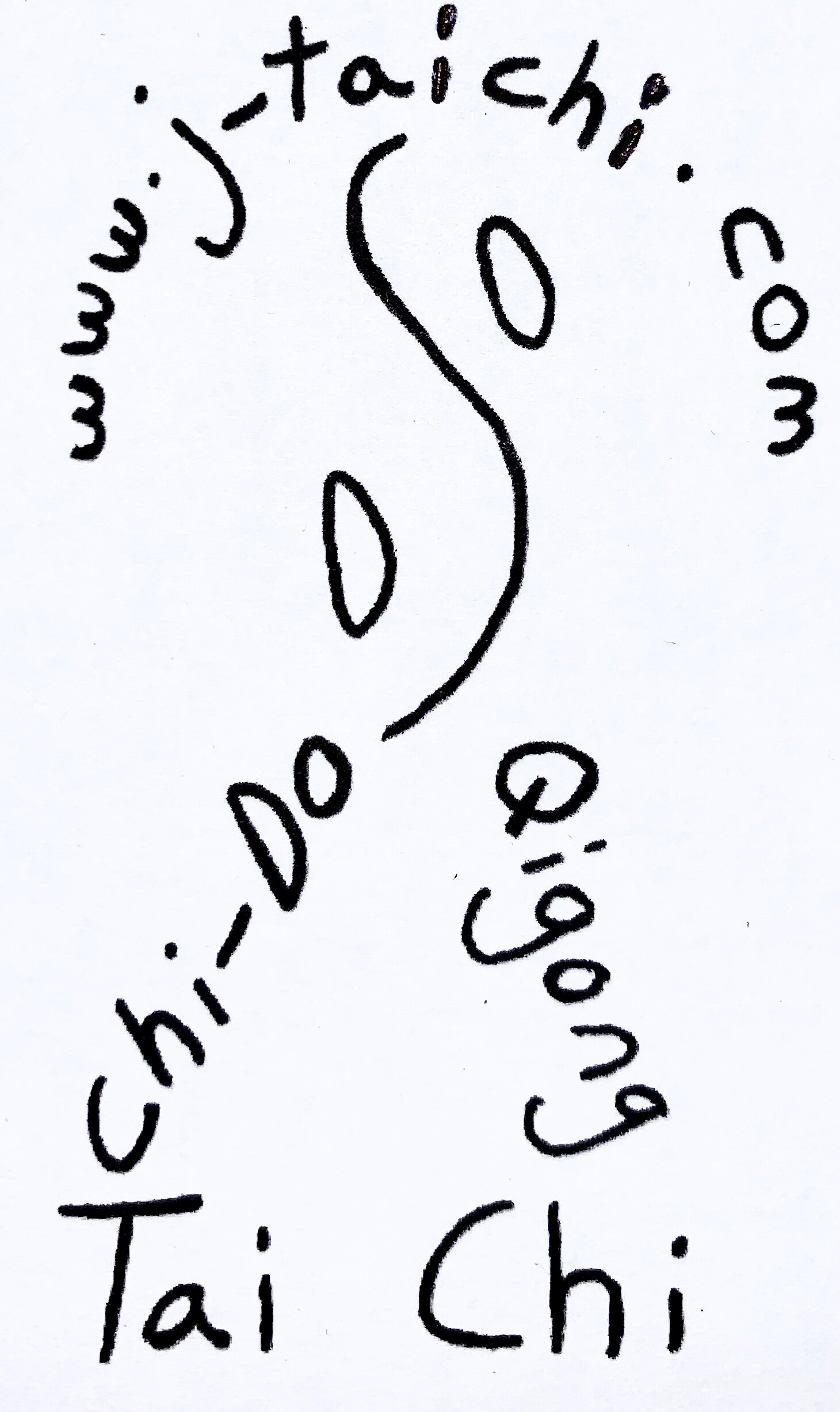What is ……?
24 Step Taijiquan
24 step Taijiquan (Tai Chi Chaun) was developed and introduced in 1956 to help preserve and share Martial Arts throughout China and the rest of the world. All the movements were selected from the Yang family style, as this particular style has movements, which are soft & smooth, with postures, which remain straight & balanced. This keeps the form suitable for both young and old people.
The whole form when learnt takes between 4 & 6 minutes to complete rather than 16 -24 minutes of a traditional form, therefore it can be practiced anytime, anywhere as a form of exercise even during a tea break at work.
The 24-step form is arranged to start with a simple movement building up to more complicated ones (easy to difficult). The first section focuses on travelling forward, the second focuses on travelling backwards & side-to-side work. The third and forth sections develop into more complicated movements for example kicking, standing & balancing on one leg, and also moves that involve lowering the whole body.
This form offers a complete & balanced exercise as the key movements and postures are repeated on both the Left and Right hand sides, so we can learn and develop the skills to balance using either leg and on the martial arts side it produces the ability to deal with a situation from any angle.
With the arrangement of the form as it is, the practitioner will be developing the skills to successfully learn the more complicated moves in a nice gradual manner. This is why I personally teach the way I do, so the student in their own time can truly, learn and feel what they are doing.
Tai Chi and Qigong are they the same?
There are many similarities between Tai Chi and Qigong they both have heavy influences of ancient Chinese philosophies. For example the influence of Yin and Yang (Empty & Full, Soft & Hard), keeping fit through motion and tranquility with the idea of cultivating oneself internally and externally.
Tai Chi and Qigong both emphasize the following ideas:
“Seeking stillness in movement, and movement in stillness.”
“Keeping the posture naturally upright & comfortable.”
“Sinking the Qi (energy) down to Dantien (energy center).”
“Initiating all movements by the mind and heart.” (Intention guides the Qi, which leads the movement)
“Keeping the mind calm & relaxed.”
The main differences are that with Qigong one looks inward and the movements tend to not travel across an area of space, it also focuses on health and Qi cultivation. With Tai Chi one focuses on everything as a whole, it is a Martial Arts system where all the movements have health benefits to them but they also have practical applications to them.
With Tai Chi being a Martial Art it does not mean you are going to learn how to FIGHT because with the training remaining relaxed and calm and the performance of the movements at a slow gentle pace, it teaches you to look at everything as a whole and react in unity to the action, as most movements have offensive and defensive applications to them. As a Martial Art Tai Chi helps develop the skills of Feeling, Neutralizing (to yield), Controlling (blending), and attacking (taking charge). Tai Chi shows a deep respect towards everything and everyone, after all if you go around knocking people out you will soon run out of people to play with.
Please enjoy what you learn and practice and only try at 70% so you never strain but can stay relaxed enough to “move 1000 lbs. with 4 oz. of pressure.”
Acknowledgements : Taijiquan – Author Li Deyin
All pictures, videos, text and articles are copyright to James Norman and www.j-taichi.com and to the persons represented.

